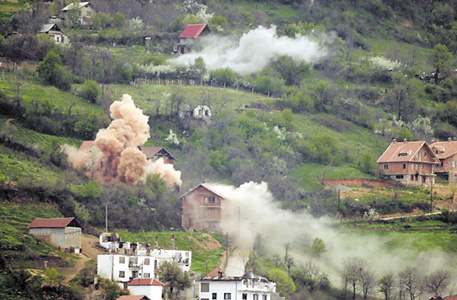Macedonia, North, is a country in southeastern Europe. From 1946 to 1991, Macedonia was the southernmost of the six republics that made up Yugoslavia. When that country began to break up in 1991, Macedonia declared its independence. Macedonia was subsequently referred to as the Former Yugoslav Republic of Macedonia (FYROM) to distinguish it from the region of Macedonia in northern Greece. In 2019, the country adopted the name North Macedonia.
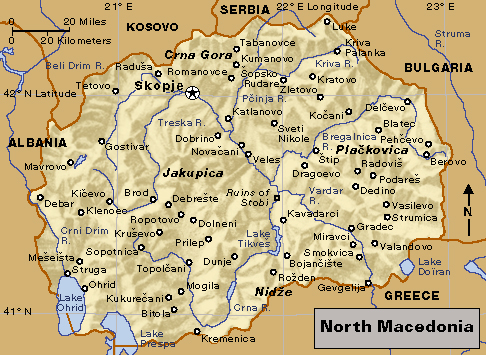
Macedonians make up the largest part of the country’s population. Other major groups include Albanians and Turks.
From 1945 to 1990, Communists controlled all of Yugoslavia, including what is now North Macedonia. In 1990, non-Communists gained control of Macedonia’s government. Skopje is the country’s capital and largest city.
Government.
A president is the highest official in North Macedonia and is elected by the people to a five-year term. The Assembly of the Republic of North Macedonia, the nation’s lawmaking body, consists of between 120 and 140 members who are elected by the people to four-year terms. The president appoints a prime minister to handle day-to-day operations of the government. The Assembly must approve the appointment. The country is divided into districts called opstini for purposes of local government. Local assemblies govern the opstini.
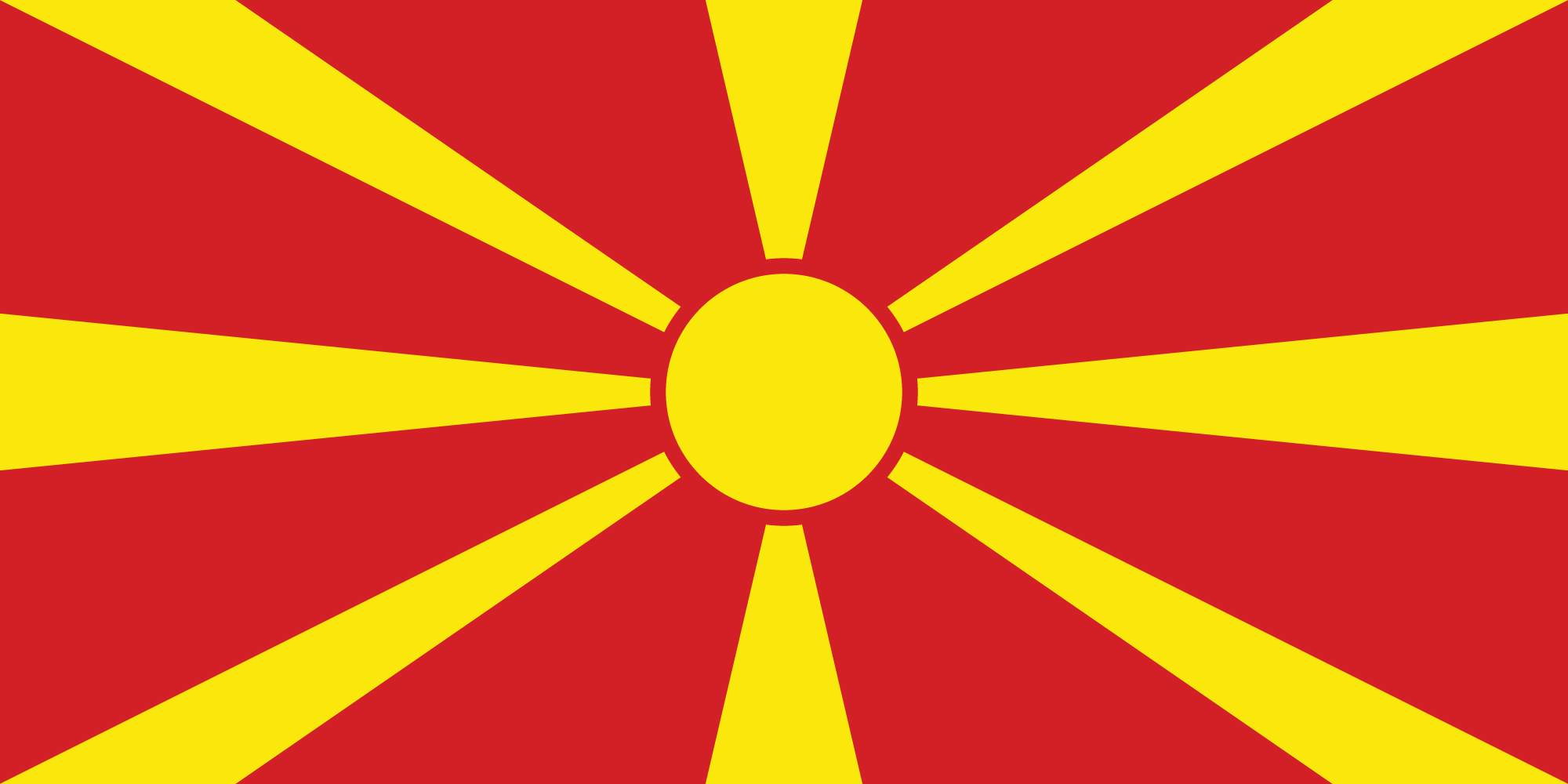
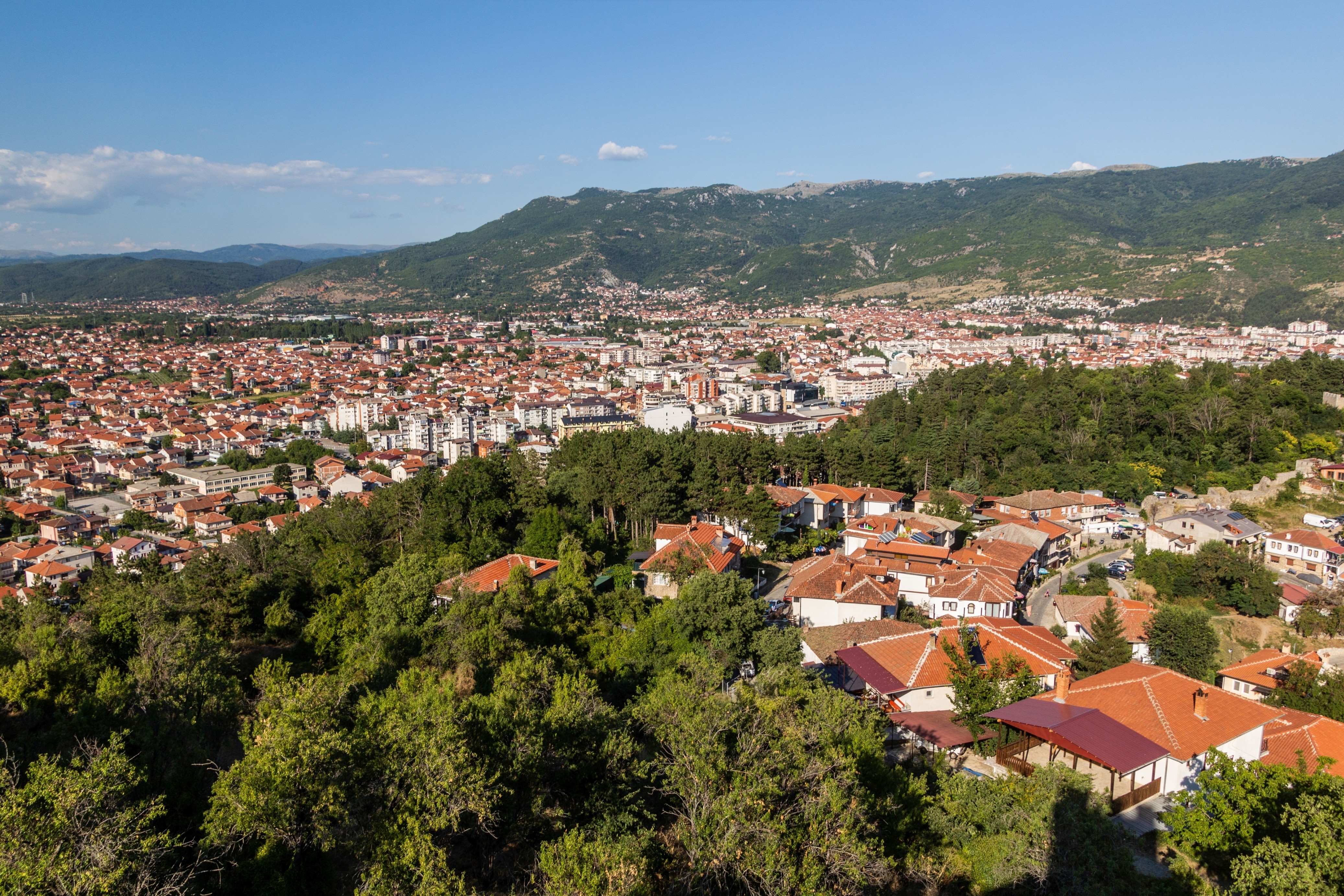
North Macedonia’s highest court is the Supreme Court. Supreme Court judges are nominated by a judicial council and appointed by the Assembly. North Macedonia has an air force, an army, and a special forces branch called the Wolves. The Wolves are trained in specialized operations, such as opposing rebel groups and terrorists.
People.
About two-thirds of the people are Macedonian Slavs. About a fourth are Albanians, most of whom live in the western part of the country. North Macedonia has smaller numbers of Turks, Roma (sometimes called Gypsies), and Serbs. Most ethnic Macedonians and Serbs are Eastern Orthodox Christians. Most Albanians and Turks are Muslims. The country’s official languages are Macedonian and Albanian.
Many of North Macedonia’s city dwellers live in apartments in high-rise buildings. In rural villages, people have homes built of stone, red brick, or concrete brick. 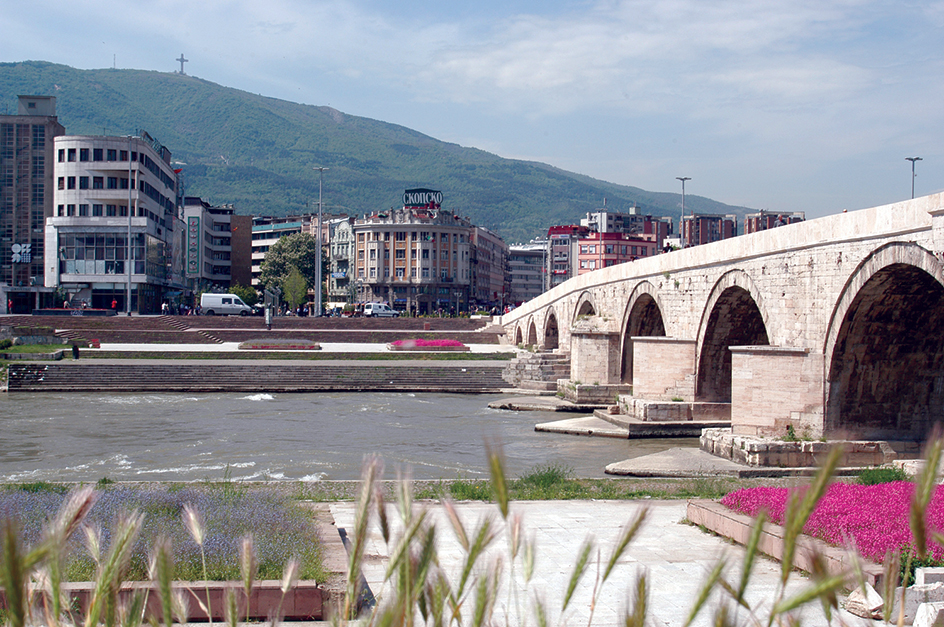
Favorite Macedonian dishes include cold cucumber soup, garlic soup, sarma (stuffed grape leaves), and sataras—a pork and veal dish spiced with onions and red peppers. The country’s national drink is sljivovica, a plum brandy.
Almost all of the country’s adults can read and write. Children are required to attend school from the ages of 7 to 15. Macedonian-language universities are in Skopje and Bitola. Tetovo has an Albanian-language university.
Land and climate.
North Macedonia is a rugged country, consisting largely of mountains and hills. Much of it occupies a plateau that lies between 2,000 and 3,000 feet (600 to 900 meters) above sea level. Some of the country’s mountains reach heights of more than 8,000 feet (2,500 meters). Mount Korab, the highest peak, rises 9,068 feet (2,764 meters) along the western border. Forests of beech, oak, and pine grow in many areas of the country, particularly in the west. The Vardar is North Macedonia’s longest river. It rises in the northwest and flows through the central and southern parts of the country.
North Macedonia has cold, snowy winters. Summers are hot in the mountain valleys but cooler at higher elevations. Temperatures in Skopje average 34 °F (1 °C) in January and 75 °F (24 °C) in July. The city has an average annual rainfall of 21 inches (55 centimeters).
Economy.
North Macedonia has a developing economy. During the Communist era, the government owned the factories and other businesses in the country. Today, North Macedonia is moving toward a free market economy.
Agriculture and forestry have long been important to North Macedonia’s economy. Chief agricultural products include apples, beef, grapes, milk, olives, peppers, potatoes, tobacco, tomatoes, and wheat. Farmers also raise hogs, poultry, and sheep. Logging is an important economic activity in some rural areas.
Many Macedonians work in manufacturing and mining, The country’s factories produce cement, iron and steel, pharmaceuticals (medicinal drugs), processed foods and beverages, textiles, and tobacco products. The country’s mines yield coal, copper, lead, nickel, and zinc.
North Macedonia imports more than it exports. The country imports automobiles, chemicals, crude oil, and machinery. Leading exports include clothing, food, iron and steel, tobacco, and wine. North Macedonia’s main trading partners include Bulgaria, Germany, Greece, Italy, Russia, and Serbia.
Paved roads connect the major cities and towns in North Macedonia. A railroad system links the country with Serbia and Greece. International airports are at Skopje and Ohrid. News accounts are published in Albanian and Macedonian. Radio and television stations are both government-owned and privately owned.
History.
Until the early 1900’s, the history of what is now the country of North Macedonia was tied to that of the larger, historic area of Macedonia. The historic region of Macedonia includes the country of North Macedonia and parts of northern Greece and southwestern Bulgaria. For information on historic Macedonia, see Macedonia [historic region] .
By the late 1800’s, historic Macedonia had been part of the Turkish-ruled Ottoman Empire for more than 500 years. But the Ottoman Empire had begun to fall apart, and Bulgaria and Serbia competed for possession of Macedonia. Bulgaria claimed that Macedonians were Bulgarians, while Serbia insisted they were “south Serbs.” Bulgaria, Greece, and Serbia took Macedonia from the Ottoman Empire in the First Balkan War (1912-1913). In 1913, in the Second Balkan War, Bulgaria fought Greece, Montenegro, Romania, Serbia, and the Ottoman Empire for control of the region. The war left Serbia with north and central Macedonia. Eastern Macedonia came under Bulgarian rule, and Greece gained southern Macedonia. 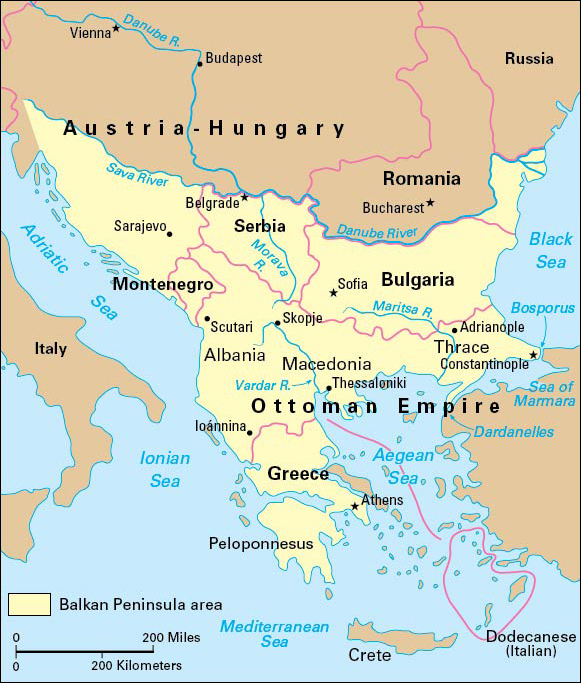
In 1918, at the end of World War I, Serbian Macedonia became part of the Kingdom of the Serbs, Croats, and Slovenes. The country was renamed Yugoslavia in 1929. After World War II ended in 1945, a Communist government led by Josip Broz Tito took control of Yugoslavia. In 1946, the part of Macedonia the Serbs had controlled became one of the six republics of the federal state of Yugoslavia. 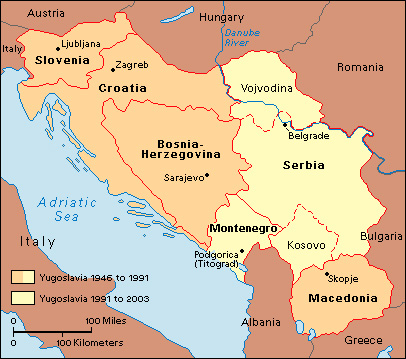
In the late 1980’s, Communist power began to decline. In 1990, the Communists allowed other political parties to form. Later that year, the Yugoslavian republic of Macedonia held its first multiparty elections, and the Communists lost control of the government. Macedonia, Croatia, and Slovenia declared their independence from Yugoslavia in 1991. Macedonia called itself the Republic of Macedonia. It also created a constitution. The country’s Albanians, however, complained that the constitution did not give them equal rights.
Many nations soon recognized Croatia and Slovenia as independent countries. But Greek protests halted recognition of the Republic of Macedonia by most nations. Greece feared that the Republic of Macedonia would try to reclaim southern Macedonia, which had become part of northern Greece in 1913. It claimed that Macedonia was a Greek name and that the country of Macedonia had no right to use it. In 1993, the two countries agreed to a compromise by which Macedonia was admitted to the United Nations as the Former Yugoslav Republic of Macedonia. However, Greece still objected to the use of a symbol associated with Alexander the Great in Macedonia’s new flag, and it applied a trade embargo against Macedonia in 1994. Greece lifted the embargo in 1995 in exchange for Macedonia’s pledge to change its flag and to make no claims to territory outside its borders.
In February 2001, Albanian rebels began fighting for greater equality for Albanians in the country of Macedonia. Attempts to resolve the conflict through negotiations failed, and the Macedonian government launched attacks on rebel-held villages. In July, both sides agreed to a cease-fire and resumed negotiations. In August, leaders from both sides signed a peace accord that called for greater rights for Macedonia’s Albanian population. Peacekeeping troops from the North Atlantic Treaty Organization (NATO) then arrived to help disarm the rebels. In November, Macedonia’s Assembly approved a new constitution that granted the country’s Albanians greater rights and recognized Albanian as an official language.
In 2019, the country reached an agreement with Greece to change its official name from Republic of Macedonia to Republic of North Macedonia. With the change, Greece removed its objections to North Macedonia’s joining NATO and the European Union. North Macedonia became a member of NATO in March 2020. 